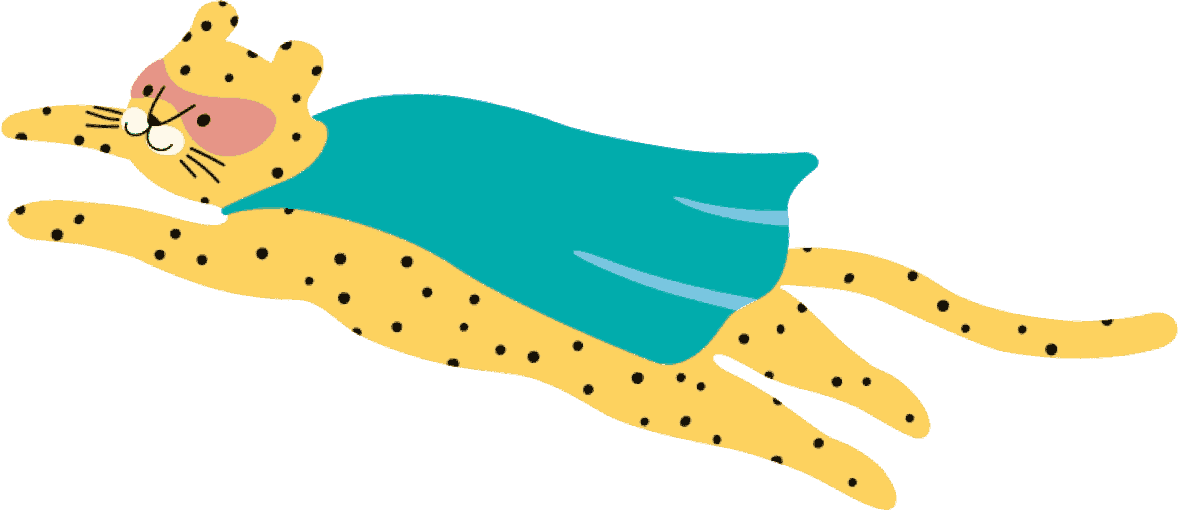Have you ever played corn hole? How about skee ball? Try mixing them together to make a fun and engaging activity for your little one that you can enjoy over and over again.
Materials:
- Large cardboard box
- Balloons filled with rice or beans (you can also use balls or bean bags, if available)
- Rainbow painters tape or markers
- Box cutter
Set-up Instructions:
- Find a large cardboard box. You will cut multiple holes out of this box which will serve as the target for your little one as they toss.
- Draw out the holes you want to make for the game. The smaller the holes the more challenging. If you want to introduce shapes, you can also cut out distinct shapes and use these for more advanced directions.
- Use your box cutter to cut out all of the designated holes (and be safe!)
- With your little one in tow, fill a few balloons with rice and tie them tightly. You do not need to inflate them or fill them up completely. This is also a fun activity on its own for your little one to work on their fine motor strength and practice life skills like scooping and pouring.
Play Instructions:
- Set up your cardboard box with the holes facing up.
- Assign each of the holes a color or number (similar to what you would see on a skee ball game).
- Demonstrate to you child how to throw the balloon into the desired hole. This is a great way for children to work on their fine motor development, concentration, hand eye coordination, control, and gross motor development. They may need some practice, so keep encouraging them or start closer to the box to get going.
- If you are using colors, you can add an extra challenge of asking your little ones to match the color balloon with the corresponding colored hole.
- If you are using numbers, when your child gets a balloon into a hole, have them write the number down and have them add their score every turn. This is a great way to make early math concepts fun! Depending on the age of your child, you can use bigger numbers as they notice their math abilities progress.
Skill areas addressed:
- Fine motor development
- Concentration
- Hand-eye coordination
- Discipline
- Control
- Math concepts
- Color recognition
- Gross motor development
Extensions & Adjustments:
- For 2-3 years of age, make the holes on the larger side and use either colors or smaller numbers like 1 and 2.
- For 5 years of age, use larger numbers to challenge their mathematical abilities (numbers 1-5). This will allow them to work on basic addition while having a blast.
- For 6-8 years of age, use bigger numbers to foster their math skills. For example, if you have six holes, use numbers 2, 4, 5, 10, 15, 20).
Author: Chris Longo

